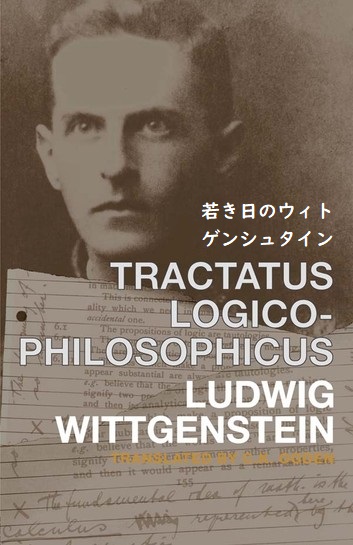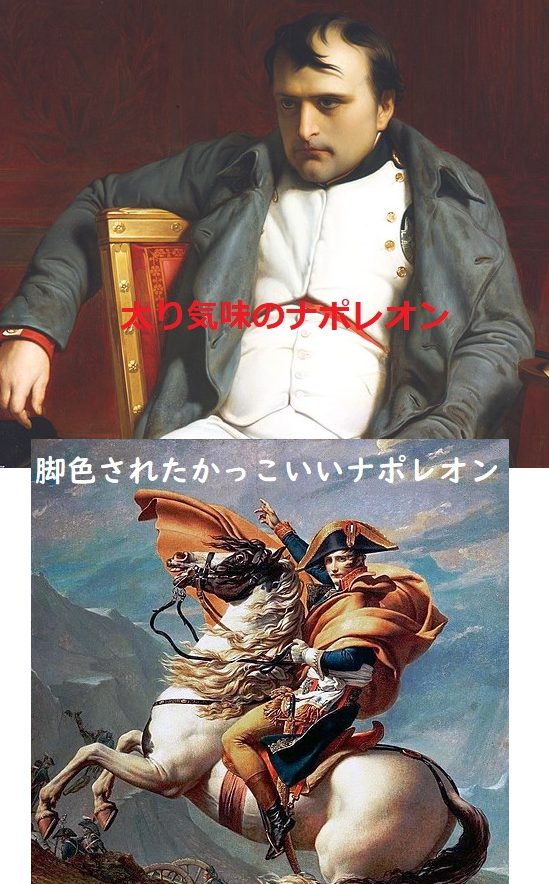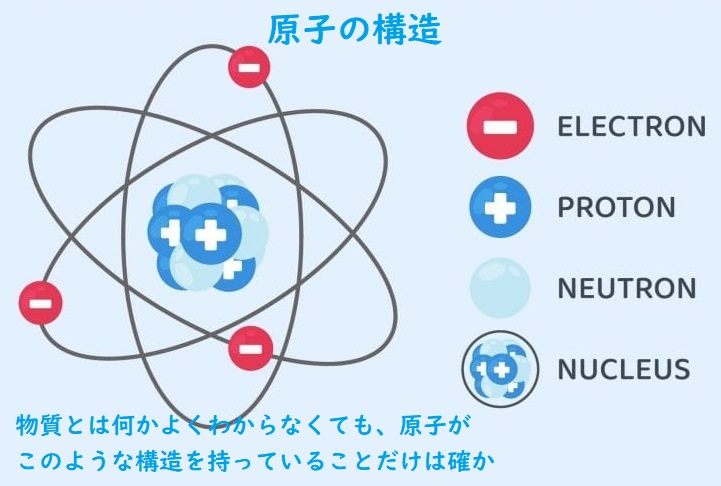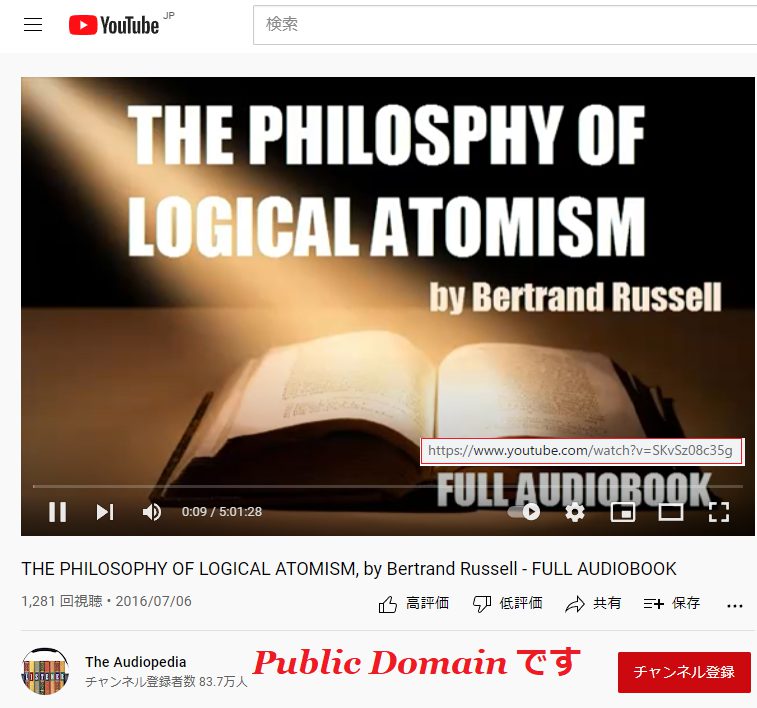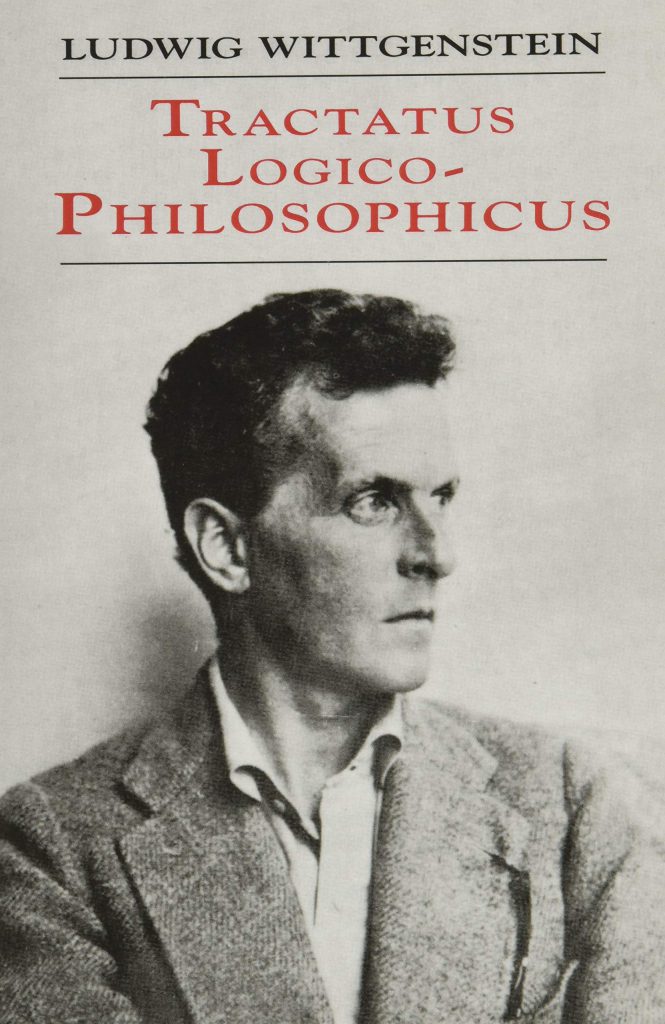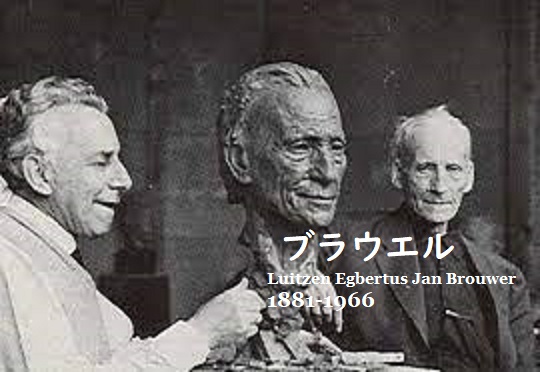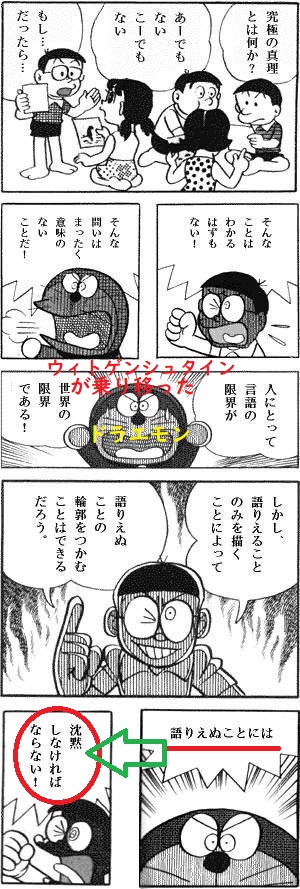
非常に重要なもう一つの点(point 要点/主張)がある。それはウィトゲンシュタインが、世界(world 宇宙)の全てのものについて(の)いかなる陳述も認めようとしないことである。『数学原理(プリンキピア・マテマティカ)』においては、ものの全体とは、x = x であるような全ての x の集合である(訳注:同一性の原理)、と定義され、その集合には、他のいかなる集合とも同じく、ひとつの数を割りあてることができる。(ただし、)もちろんその集合に割りあてることができる正しい(適切な)数が何であるかを我々は知らないが。(しかし)ウィトゲンシュタインはこのことを認めようとしない。「世界には3つ以上のものがある(存在する)」というような命題は無意味である、と彼は言う。1919年に(オランダの)ハーグにおいて、私が彼と(彼の)『論考』について議論していた時、私は眼の前に一枚の白紙をおいて、それにインクのしみを3つつけた。(そうして)次のことを認めてほしいと彼に懇願した(besought)。即ち、ここに3つの斑点があるのだから世界には少なくとも3つのものがある(存在する)、ということを認めてほしい、と。しかし、彼は断固として拒絶した。彼は、紙の上に3つの斑点があることは認めた。それは有限な主張(a finite assertion)だからである。しかし彼は、世界全体(宇宙全体)についていかなることも語ることはできるとは認めようとしなかった(語ることはできないとした)。このことは彼の神秘主義と結びついているが、彼が同一性を認めることを拒絶することに根拠づけられている。
Chapter 10 The Impact of Wittgenstein, n.11 There is another point of very considerable importance, and that is that Wittgenstein will not permit any statement about all the things in the world. In Principia Mathematica, the totality of things is defined as the class of all those x’s which are such that x = x, and we can assign a number to this class just as to any other class, although of course we do not know what is the right number to assign. Wittgenstein will not admit this. He says that such a proposition as ‘there are more than three things in the world’ is meaningless. When I was discussing the Tractatus with him at The Hague in 1919, I had before me a sheet of white paper and I made on it three blobs of ink. I besought him to admit that, since there were these three blobs, there must be at least three things in the world ; but he refused, resolutely. He would admit that there were three blobs on the page, because that was a finite assertion, but he would not admit that anything at all could be said about the world as a whole. This was connected with his mysticism, but was justified by his refusal to admit identity.
Source: My Philosophical Development, chap. 10:1959.
More info.:https://russell-j.com/beginner/BR_MPD_10-110.HTM

